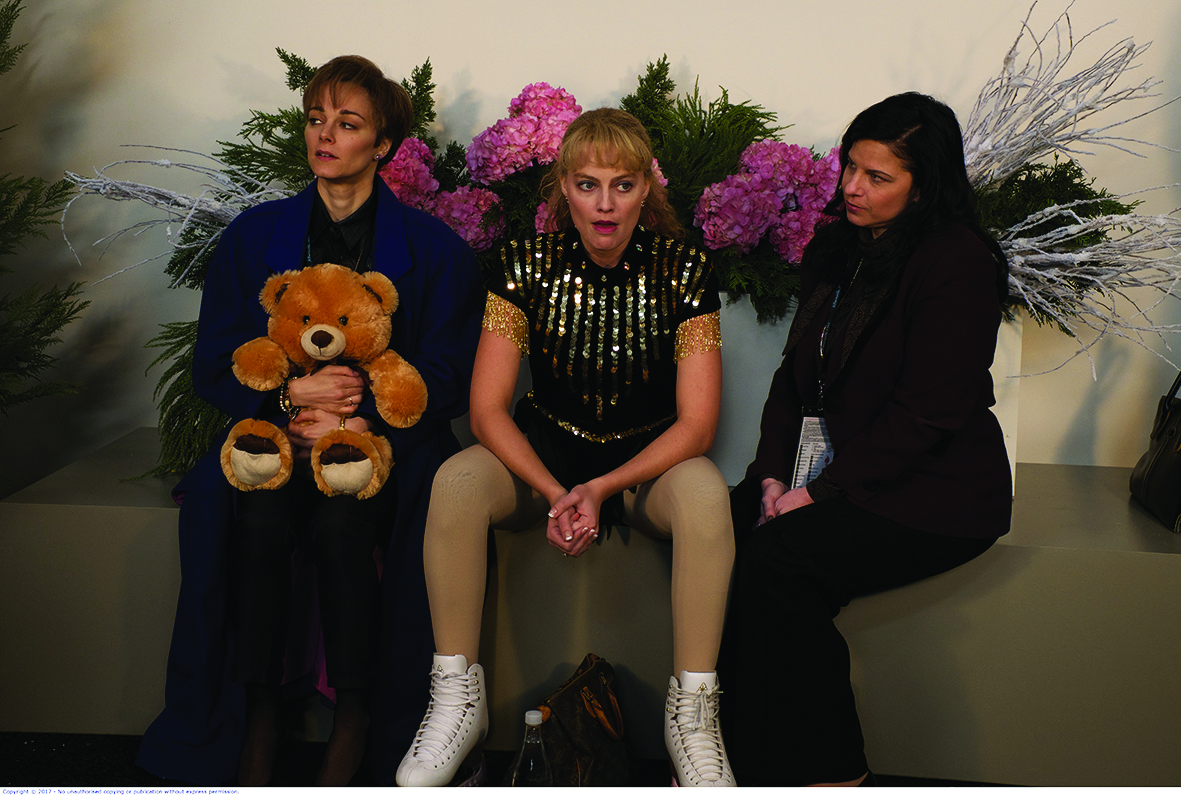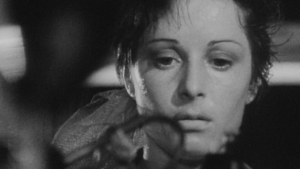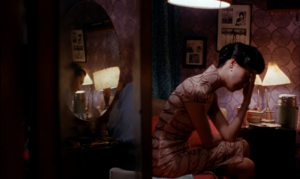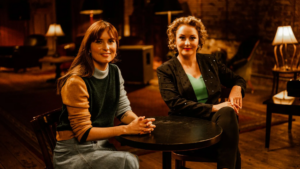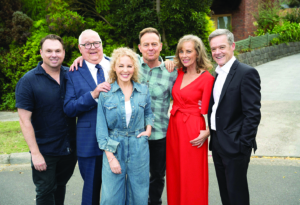Kicking off the fourth iteration of the Critics’ Choice program held at this year’s International Film Festival Rotterdam was a screening of I, Tonya (Craig Gillespie, 2017). Acting as a sort of introduction to the film was a video essay written by Dutch film critic Hedwig van Driel, which doesn’t review or evaluate but rather suggests and ponders. The intention behind the video essay is to get the audience thinking about how Gillespie’s film works, as opposed to what it’s saying.
It’s in that subtle difference between how and what that the carefully curated Critics’ Choice program thrives. Headed up by Dana Linssen and Jan Pieter Ekker, the overarching project – which includes screenings, panels and a live reinvention of archival footage – steered the critical conversation away from what a lot of popular reviewing and online commentary does. Critic Kevin B Lee calls it ‘filmsplaining’: when a critic reads the so-called language of cinema and, through a video essay or article, retells it.
In the case of I, Tonya, what van Driel first asks us to think about is how we evaluate a film: ‘It’s tempting, when watching I, Tonya, to focus on one question: did Tonya Harding [played by Margot Robbie] have a part in the attack on her rival, Nancy Kerrigan [Caitlin Carver]?’ By the end of the video essay, we are wondering how it might be more engaging if we allowed our line of questioning to open up beyond the obvious judgement of Tonya and whether or not the film is flippant or fair, objective or offensive. Indeed, van Driel wonders what might happen if we went further than today’s dismissive hot-take culture, which posits: ‘Is [Harding] fundamentally a good person or a bad person?’ and ‘Either I, Tonya is a great movie or I, Tonya is a terrible movie.’
As this example illustrates, the critic becomes a sort of tour guide through a labyrinth of thoughts about cinema: van Driel encourages us to go beyond binaries and the prescriptive. In the case of I, Tonya, we are asked to question both the portrayals within and the accounts that have made up the story itself. The role of the critic, the program’s opening night would suggest, is to create, rather than close, discourse around a given topic.
Two nights further into the program, an unsuspecting audience was met with another provocation – this time with as much humour as it had candour. Lee and Chloé Galibert-Laîné had been asked to create a video essay about a film that neither they nor those attending had seen. The results are joyously meta: the pair talk through what they do know about the film before asking viewers to think about the internet’s many echo chambers. Astutely drawing our attention to both how much and how little information is available via both popular and critical writing around film, Lee and Galibert-Laîné show us how reductive and limiting language can be in the pursuit of discussing and evaluating art. Their video essay also contemplates spoiler culture, fan films and viewing practices, and questions the very role of the critic.
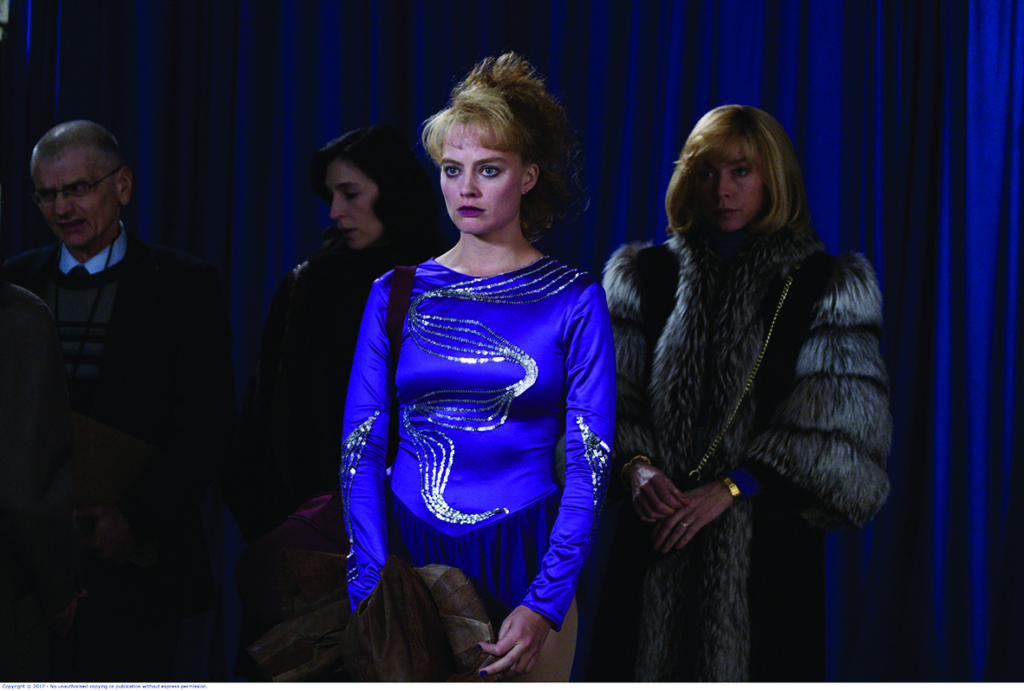
After reflecting on independent filmmaker James Benning’s latest film, Readers (2017) – which Lee and Galibert-Laîné’s video essay touches on – we in the audience decided that there is nothing you could read that could compare to, prepare for, scare away or detract from the experience Readers offers up.
Further questioning the hubbub of online conversation and community hive minds was a work by video collective Team Metaprocessed. This video essay is a compilation of twelve other critics’ work. However, it is not twelve segments strung together; instead, it is a seamless yet fragmented cine-format soup that dizzies between a desktop interface and clips from various films, including the one it is ruminating over: Possessed (2018), Metahaven and Rob Schröder’s visual essay about the devil in technology and social media. Like the film it engages with, Team Metaprocessed’s essay offers extracts and excerpts, literary and philosophical quotations, clips and comments. Both films are troubling, confusing, atmospheric and steeped in ideas, if narratively incomprehensible. There may not be analysis, but there certainly is tone. The critic, here, is not an architect of explanation nor even a vessel of information, but instead offers a collection of voices that engage with and ask about the artform.
Concluding the program was Mark Cousins’ ‘film experiment’ Storm in My Heart (2018). Taking two actresses, too many coincidences and too long a history of segregation, the film looks at the very different lives of actors Susan Hayward and Lena Horne. Born on the same day, in the same place, working for the same studio and with many of the same crew, these two women could not have inhabited worlds further apart, both on and off screen. From the content of their films to the very real pay gap, Hollywood’s double standard when it comes to race is not only made visible but magnified. Cousins takes With a Song in My Heart (Walter Lang, 1952), starring Hayward, and Stormy Weather (Andrew L Stone, 1943), starring Horne, and runs them on opposite sides of a quartered screen. The films play out with sound alternating between the two, and with the occasional interjection of text, either to ask questions or offer information about the women’s bodies of work and lives.
The program’s final word invoked history and truth. Still, it remained not so much about what we know and what we don’t, as it was about how we read film. We were invited to more deeply engage with and understand how we activate ourselves during the enjoyment of so rich and so complex an artform.
